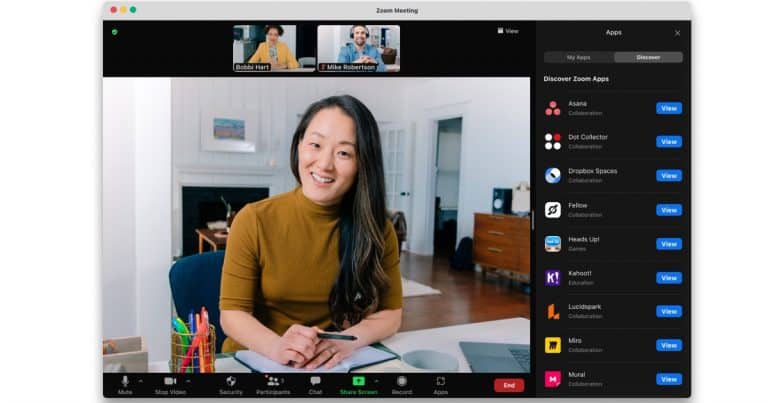Live transcription, which is also known as auto-generated subtitles, is being introduced by video conferencing software Zoom, according to a company announcement. During a Zoom video call, the auto-generated captions or live transcription function automatically generates captions for the video call. Previously, the capability was only available to Zoom Meetings and Zoom Video Webinars customers who have paid for the service.
According to Zoom, the functionality has been made available to all users in order to assist persons with impairments. “It is critical to us that everyone can connect, communicate, and participate successfully using Zoom. ” When it comes to video communication solutions, persons with disabilities confront significant challenges if they do not have access to the appropriate accessible tools. According to the blog, “We are concentrating on developing a platform that is accessible to everyone, and features such as auto-generated captions are an important part of that objective.”
As one of the most useful tools offered by Zoom video conferencing, the live transcription option is one of the most useful since it allows you to see on the screen everything that is being discussed throughout the conference. When participating in a Zoom video meeting or webinar, auto-generated captions instantly give speaker subtitles.
Using Zoom’s live transcribing feature is simple.
- Edit your Zoom account settings by logging in to the Zoom online site using your Zoom username and password.
- Go to the Meetings menu and select the Meetings tab.
- In Meeting (Advanced), turn on or off the Closed captioning switch.
- Click Enable or Disable to confirm the change if a verification popup appears.
Using the meeting toolbar, attendees can request that the meeting host activate live transcription during the session, which will be recorded. The Zoom software also allows for manual captioning in addition to the connection with third-party captioning providers. It is vital to remember that auto-generation is presently only possible in the English-language environment. Zoom said that it intends to make them available in more languages in the future.
Other accessibility features offered by Zoom include keyboard accessibility, pinnable or spotlight able interpretation video, screen reader assistance, and voicemail transcription.
Zoom is also focusing on the creation of conference rooms of various sizes. Zoom will also put up the Zoom Rooms Smart Gallery, which is now in public beta and can be accessed by anybody. The business claims that it is developing Smart Gallery to enable remote employees to be represented on the screen on an equal footing with other participants, resulting in a more inclusive meeting experience for everyone participating.

